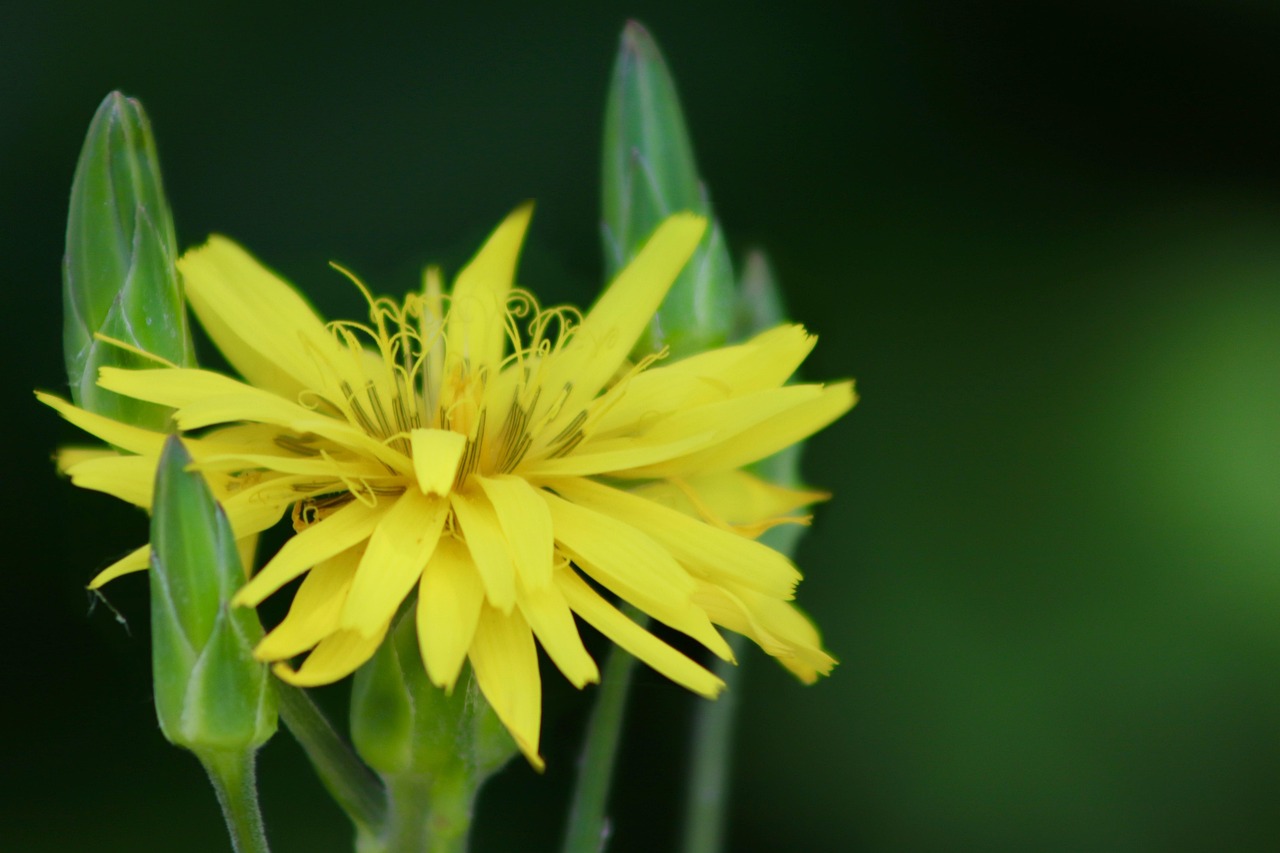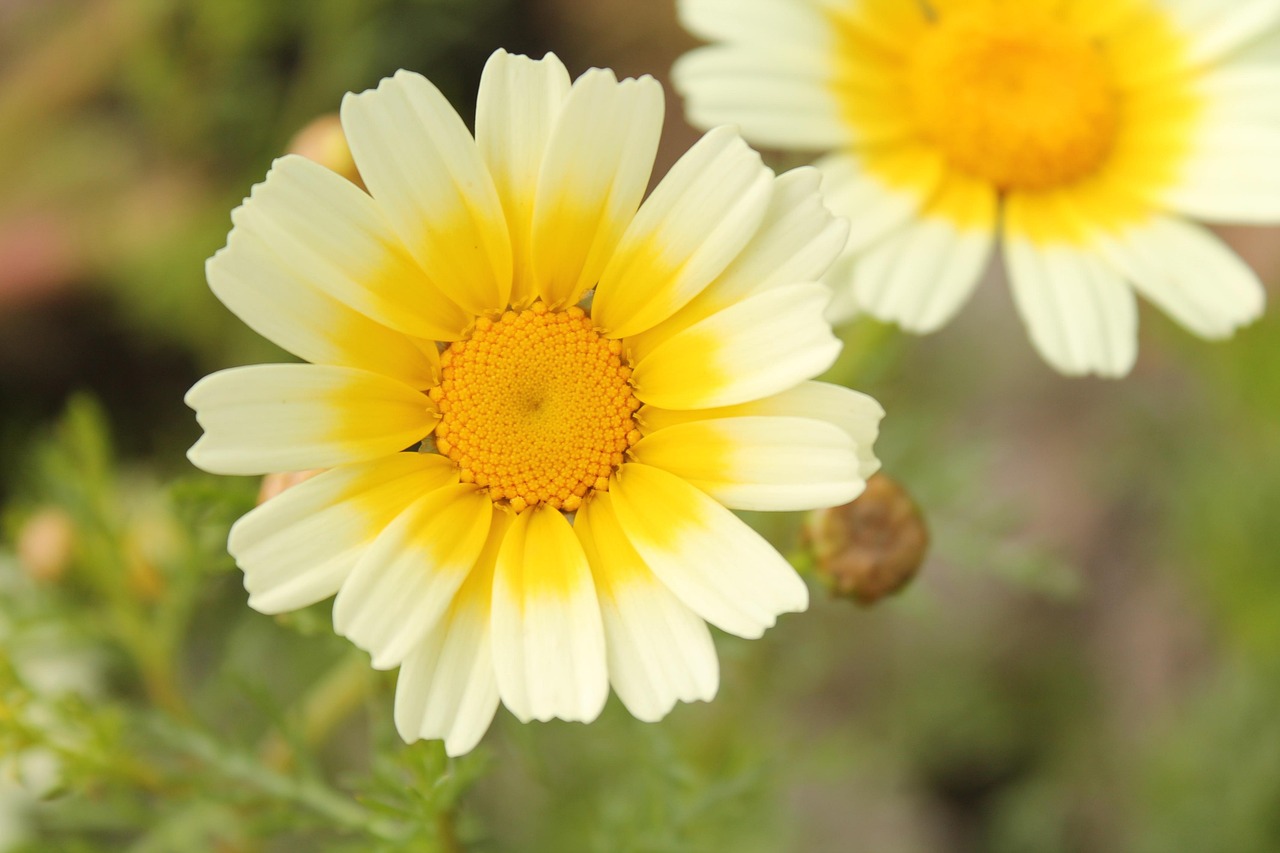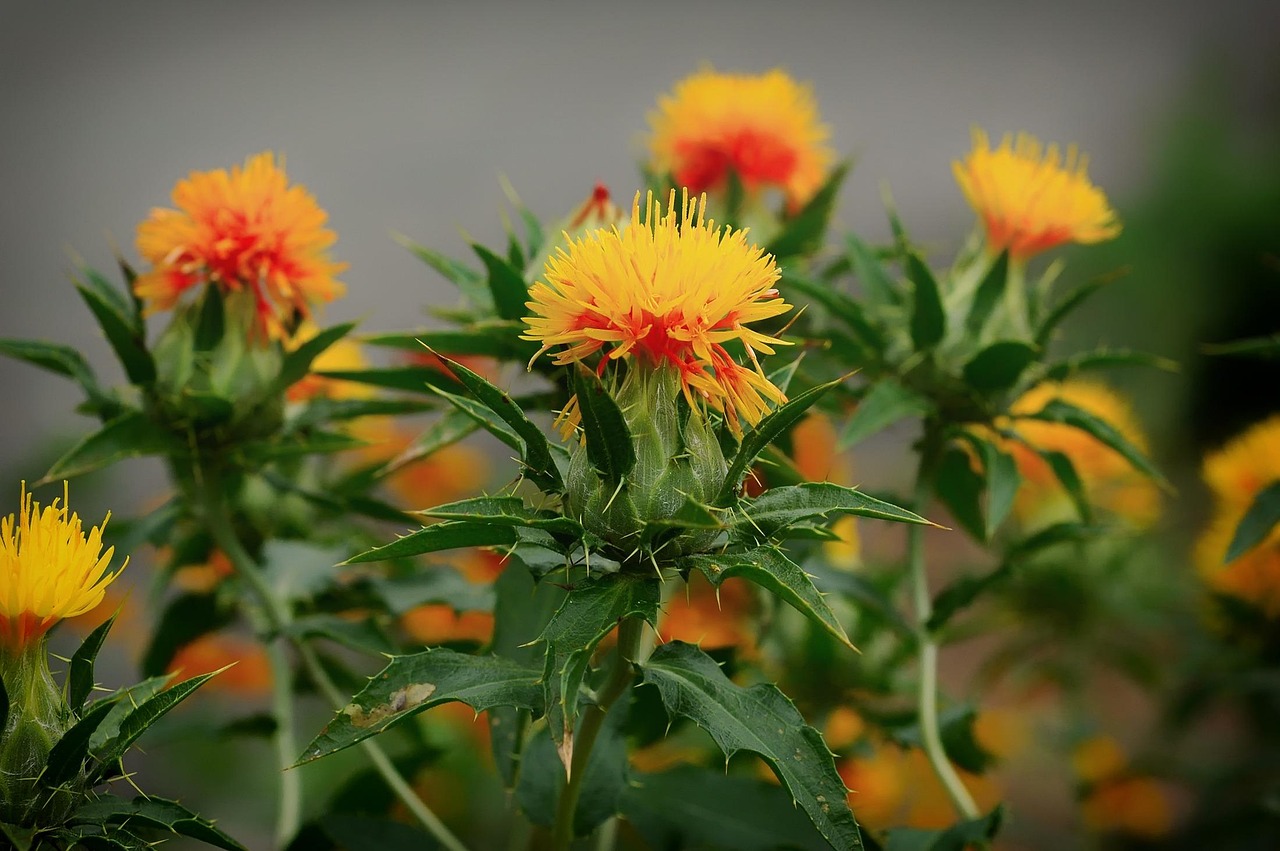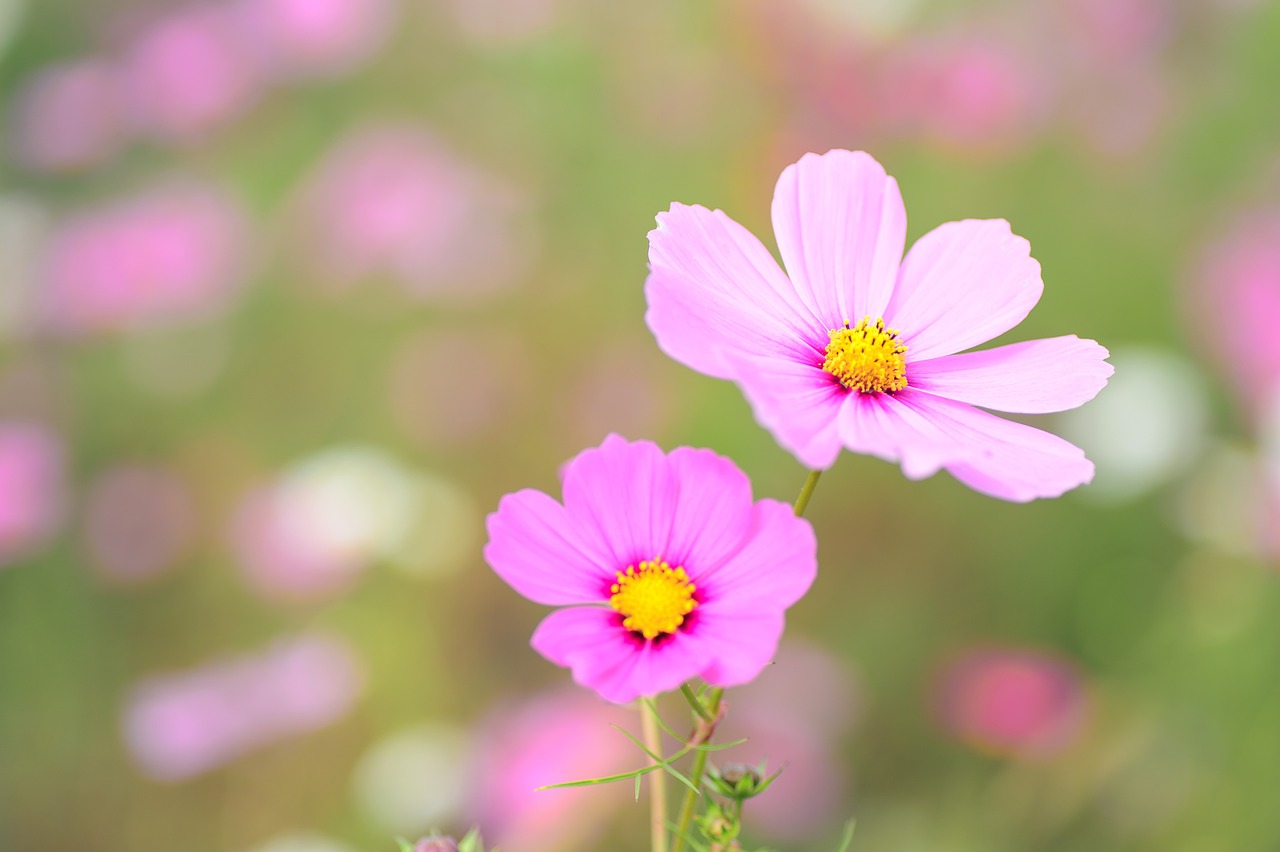Orange Hawkweed | A Meadow Carpet of Fiery Orange Blossoms
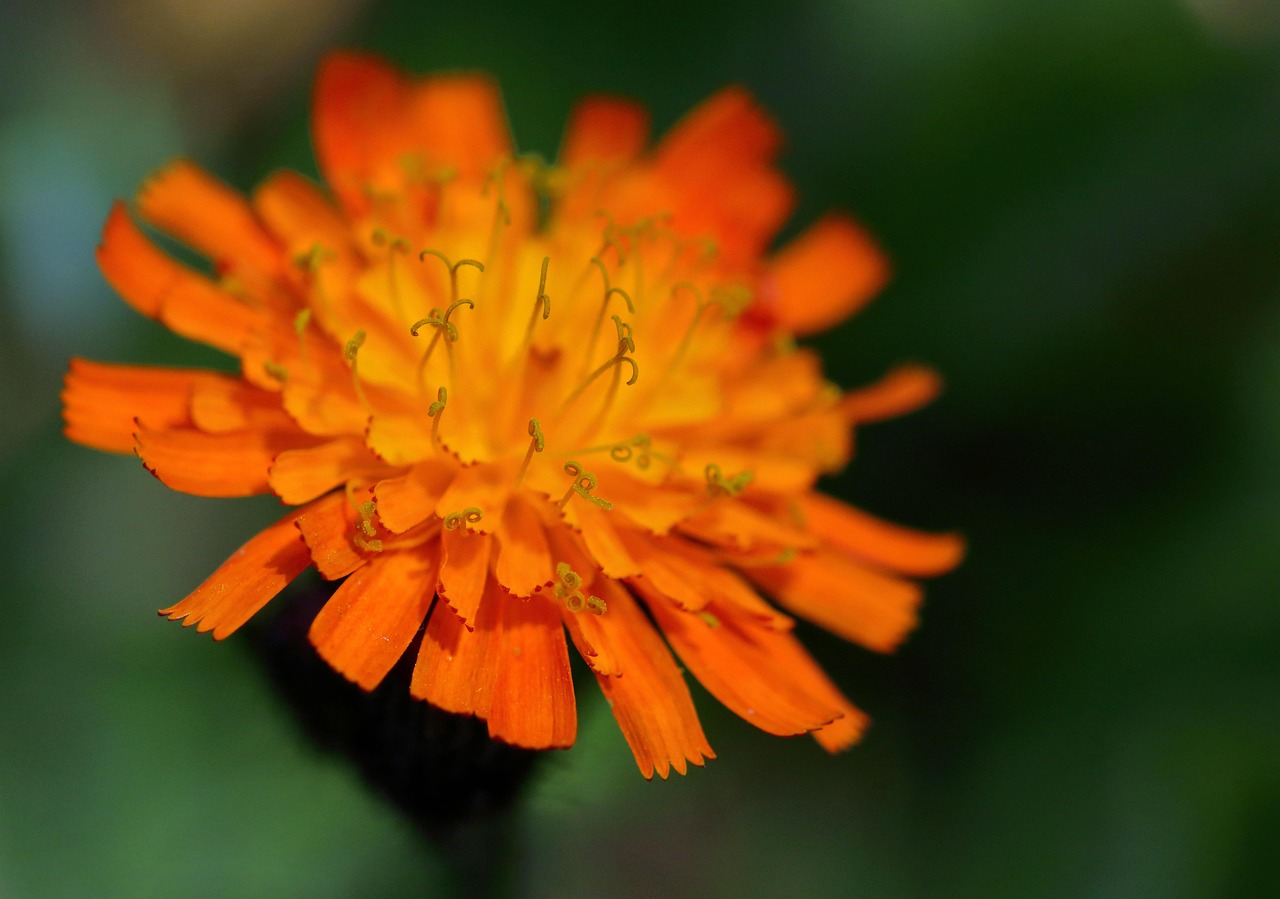
The Orange Hawkweed is a perennial that produces vibrant orange flowers, brightening meadows and roadsides from early summer through summer.
Although it resembles a dandelion in shape, its vivid color and wild charm make it well-suited to natural-style gardens.
In this article, I will provide detailed information on the Orange Hawkweed, including its basic characteristics, cultural and historical background, and tips for cultivation.
Basic Information
- Scientific name: Pilosella aurantiaca
- Family: Asteraceae
- Origin: Central and Southern Europe
- Appearance: From a basal rosette of leaves, slender stems rise and bear several orange flowers, each about 3–4 cm in diameter. The flowers are single, with narrow petals radiating outward from the center. Stems and leaves are covered with fine white hairs, giving the plant a rustic impression.
- Flowering season: June to August
Cultural Significance Worldwide
In Europe, the Orange Hawkweed is affectionately known as “Fox and Kittens” and has long blended into rural landscapes as a wildflower. Its bright orange blooms stand out in summer fields and often appear in pastoral scenery.
In the United Kingdom, it is a popular choice for naturalistic gardens, where wildflowers are valued. Its vigor and ability to spread easily make it a striking accent in flower-based garden designs.
In North America, the Orange Hawkweed has naturalized and can be found in mountainous areas and meadows. While its relationship with native species has been a subject of debate, many gardeners still appreciate it for its untamed beauty.
Historical Background
Introduced to European botanical gardens in the 19th century as an ornamental plant, the Orange Hawkweed quickly attracted attention for its vivid color. Initially cultivated in British and French gardens as a rare wildflower, it gradually escaped into the wild due to its strong ability to propagate.
By the late 19th and early 20th centuries, it had spread to North America, where it became established along roadsides and in pastures. As a plant that transitioned from ornamental use to naturalized growth, it occupies an intriguing place in the history of horticulture.
Gardening Advice
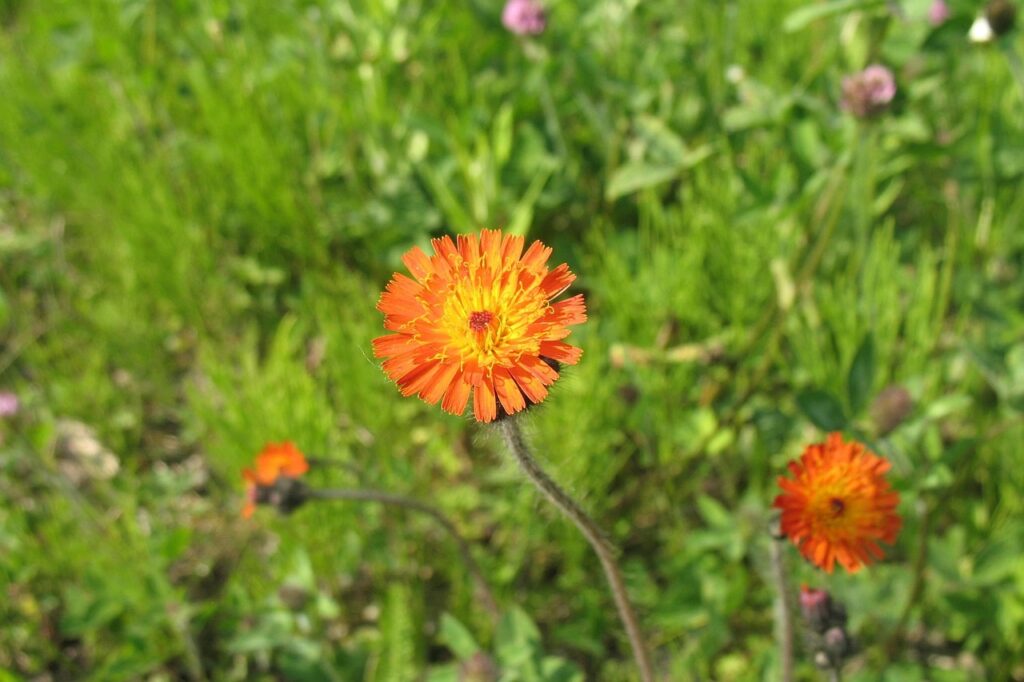
The Orange Hawkweed is relatively easy to grow with minimal care, but following a few guidelines will help it bloom more beautifully.
Sunlight
Prefers full sun. Insufficient sunlight may result in fewer flowers.
Watering
Thrives in dry conditions. In the garden, watering is usually unnecessary unless extreme drought occurs. For potted plants, water when the soil surface becomes dry.
Soil
Well-drained, slightly dry soil is best. It can grow even in poor soil.
Fertilizer
Little is needed. If required, apply a small amount of slow-release fertilizer in spring.
Pruning
Cut back flower stems after blooming to maintain the plant’s form. Divide clumps if they spread too widely.
Propagation
Spreads by rhizomes and seeds. Choose planting locations carefully to prevent excessive spreading.
Conclusion
The Orange Hawkweed is a perennial with bright orange blooms that has been cherished in Europe and North America. Introduced as an ornamental plant in the 19th century, it later naturalized and became a symbol of rustic charm.
Its vibrant flowers make it a perfect fit for naturalistic gardens and meadow-style landscapes, and in the United Kingdom, it is regarded as a classic plant for wildflower gardens.

